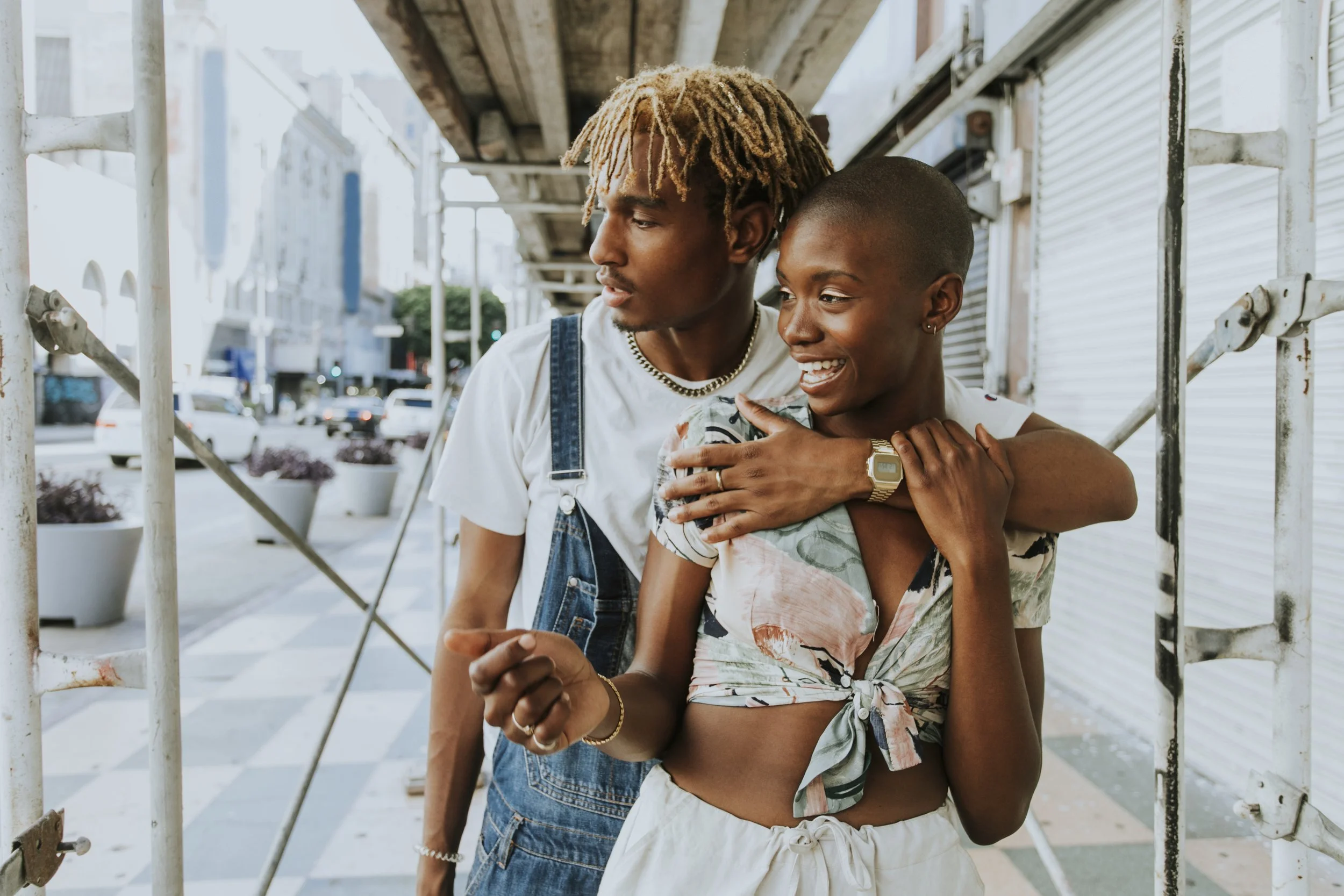Letter from the Editor: Thoughts on Solidarity
Solidarity — a word and concept that should hold weight but sadly does not because our understanding of it has gotten lost in performative antics — an often quick and effortless way to speak that we care without doing much else.
I’m thinking of Instagram posts and statements that do not extend beyond the maximum characters allowed to express solidarity. I’m thinking of picket signs with the 10-letter word in big bold letters. And I’m thinking about all of this as I contemplate how to best move forward with ESJ. What does actual solidarity look like most of the time, what should it look like, and how can we best put it into practice?
As we move forward in this sustainable fashion arena and in other spaces where the concept might show up and be useful, I want us to take a closer look and really examine how we act in solidarity daily. But first, some thoughts on what solidarity is and is not.
I believe true solidarity will exist once we accept the truth that the current systems do not serve us all well and they should. We can be working to dismantle these systems every single day.
Solidarity is understanding that there is so much growth and change that needs to happen in every single area of every space and institution, and if we act in “solidarity” only when there’s violence happening, we’re too late. Solidarity means we are working to never let it get to that point again.
Solidarity comes from empathy and compassion for the people who constantly experience the discomforts and harm of this white supremacist society. It’s limiting when we only think of it as a reactive concept.
Solidarity comes with an understanding that there are people and communities in this country that have been harmed deeply and for generations, and if we’re not fighting for those most vulnerable in our society, we are NOT acting in solidarity.
Solidarity can show up as rejecting breadcrumbs — i.e., legislation that doesn’t create real structural change, or sponsorships that only fatten the pockets of those involved — to negotiate better deals for ourselves and our communities.
Solidarity is NOT running to the store to buy up all the bottled water in the middle of chaos — a pandemic — without thinking of our neighbors. And it’s certainly not showing up to a protest for a community only after we’ve witnessed someone being murdered on camera.
“We don’t need more tragic events to act in solidarity.”
We don’t need more tragic events to act in solidarity.
An act of solidarity in corporate spaces can look like a privileged person turning down a promotion and instead advocating for someone who’s equally gifted, but less likely to be acknowledged to get the promotion due to certain biases. OR better yet, diversity and inclusion committees actually advocating for Black folks, Indigenous folks, trans people, women and femmes to fill these spaces, get paid properly, and making sure their environment is a safe one for folks from marginalized communities to thrive.
To act in solidarity in fashion is to recognize that this industry causes the most harm to Black and Brown communities, including those residing in the Global South. And that supporting brands that explicitly reject this harm by building healthier workplaces and safer practices for Black and Brown employees is an act of solidarity.
Solidarity is unlearning anti-Black racism because it has infested minds; the institutions, from education to economics; and was poured into the foundation of this country. It is understanding all of this and moving forward with a renewed heart and mind to act in actual solidarity because solidarity is love in action, always.
“Solidarity is love in action, always.”
With love & gratitude,
About the Editor
The founder and editor-in-chief of ESJ Magazine, Katie has been working to make sure representation exists within the sustainable fashion space, and that real conversations that lead to accountability and action are happening in fashion. Over the past couple of years, her work with the magazine has expanded to create a bigger platform for Black women and femmes, women of color artists and educators to take up space in ethical and sustainable fashion.













